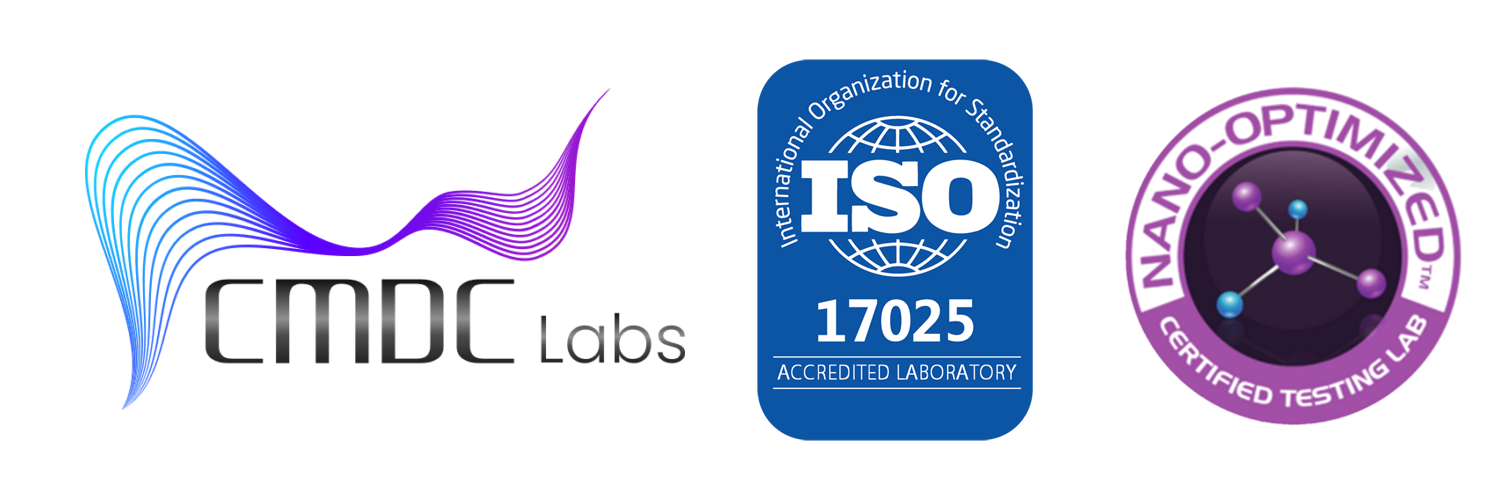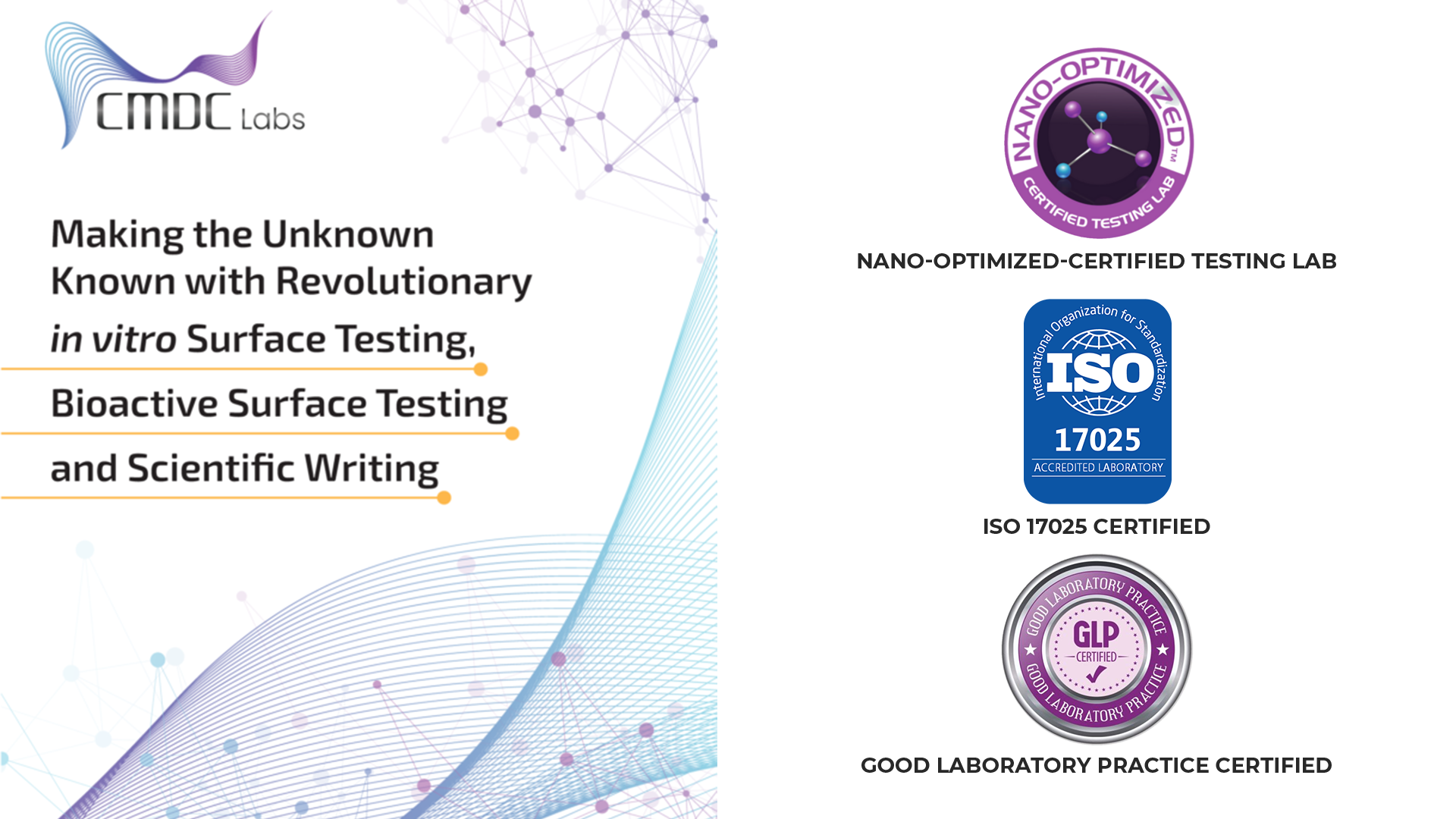Access to clean and safe drinking water is a fundamental human right and a critical component of public health. Unfortunately, water sources around the world are increasingly contaminated with a variety of pollutants, including heavy metals, pathogens, and chemical pollutants. Whether from industrial activities, agricultural runoff, wastewater discharge, or environmental degradation, these contaminants pose serious risks to human health and the environment.
Water quality testing plays a critical role in identifying and mitigating these risks. By measuring key parameters, such as pH levels, turbidity, temperature, and the presence of harmful contaminants, water testing provides essential information to ensure the safety of drinking water, protect aquatic ecosystems, and comply with regulatory standards. Among the most concerning pollutants are heavy metals, pathogens, and chemical pollutants, all of which require specific methods of detection and monitoring.
In this article, we will explore the key parameters involved in water quality testing, with a particular focus on how to detect heavy metals, pathogens, and chemical pollutants. We will discuss the methods used for detection, the health implications of these contaminants, and how to ensure that water sources remain safe for consumption and environmental use.
1. The Importance of Water Quality Testing
Water quality testing is essential for a wide range of reasons, from safeguarding public health to preserving aquatic ecosystems. Contaminants in water can have immediate and long-term health effects, ranging from gastrointestinal diseases to chronic illnesses such as cancer. For communities, especially those relying on natural water sources, regular testing ensures that water remains safe for drinking, irrigation, and recreation.
Moreover, regulatory bodies such as the Environmental Protection Agency (EPA) in the U.S., the World Health Organization (WHO), and national health organizations set standards for water quality, which can only be met through rigorous testing and monitoring. By measuring specific water quality parameters, testing provides data that supports policy decisions, ensures regulatory compliance, and helps mitigate environmental risks.
2. Key Parameters in Water Quality Testing
Water quality testing involves measuring a variety of parameters to assess the health and safety of water. The most important parameters include physical, chemical, and biological factors that can impact water safety.
A. pH Levels
The pH of water is a measure of its acidity or alkalinity. The pH scale ranges from 0 to 14, with values below 7 indicating acidic water and values above 7 indicating alkaline water. Water with a neutral pH of 7 is considered ideal for most purposes.
- Why pH Matters: Water that is too acidic or too alkaline can be corrosive and damage pipes, infrastructure, and aquatic ecosystems. It can also affect the solubility of contaminants, influencing how they behave in the water. For example, acidic water can increase the solubility of toxic metals like lead or copper, making them more likely to enter drinking water.
B. Turbidity
Turbidity refers to the clarity of water, which is affected by suspended particles such as silt, clay, algae, and other organic matter. High turbidity can indicate contamination and may interfere with the disinfection process, making it difficult to remove pathogens from the water.
- Why Turbidity Matters: High turbidity levels are a sign of poor water quality, as they can harbor harmful microorganisms and chemicals. In addition, high turbidity can reduce the effectiveness of chlorine disinfection, making it essential to monitor and control turbidity levels in drinking water.
C. Temperature
Water temperature affects the solubility and toxicity of certain chemicals and the behavior of aquatic organisms. Elevated temperatures can also accelerate the growth of harmful bacteria, algae, and other pathogens.
- Why Temperature Matters: Monitoring water temperature is crucial in detecting abnormal patterns that could indicate pollution or environmental changes. For instance, thermal pollution from industrial processes can harm aquatic life by reducing oxygen levels and altering ecosystems.
3. Detecting Heavy Metals in Water
Heavy metals such as lead, mercury, arsenic, cadmium, and chromium are among the most dangerous contaminants in water. These metals are toxic even at low concentrations and can have long-lasting health effects, particularly in vulnerable populations such as children, pregnant women, and the elderly.
A. Sources of Heavy Metal Contamination
Heavy metals can enter water sources from a variety of activities, including:
- Industrial processes: Mining, metal production, and manufacturing.
- Agricultural runoff: Use of pesticides and fertilizers containing heavy metals.
- Wastewater discharge: Release of untreated sewage or industrial effluents.
- Lead pipes and plumbing: In older infrastructure, lead can leach into drinking water.
B. Methods for Detecting Heavy Metals
Several techniques are used for detecting heavy metals in water, including:
- Atomic Absorption Spectroscopy (AAS): This technique is widely used for detecting metals in water. AAS involves passing a light beam through a sample, and measuring the absorption of light by metal ions to determine their concentration.
- Inductively Coupled Plasma Mass Spectrometry (ICP-MS): ICP-MS is an advanced and highly sensitive technique that can detect trace amounts of heavy metals. It ionizes the water sample and uses a mass spectrometer to measure the ions’ mass-to-charge ratio.
- Electrochemical Methods: Electrochemical sensors and electrodes can be used for on-site detection of heavy metals. These devices are particularly useful for real-time monitoring of water quality.
C. Health Implications of Heavy Metal Contamination
- Lead: Exposure to lead can cause developmental delays, neurological damage, and cardiovascular diseases.
- Mercury: Mercury exposure can cause kidney damage, neurological disorders, and developmental defects in children.
- Arsenic: Long-term exposure to arsenic is linked to cancer, skin lesions, and heart disease.
4. Detecting Pathogens in Water
Pathogenic microorganisms in water, including bacteria, viruses, and parasites, are one of the leading causes of waterborne diseases worldwide. Pathogens can cause a range of gastrointestinal illnesses, and some, such as E. coli, Salmonella, Cholera, and Hepatitis A, can be fatal.
A. Common Pathogens in Water
- Bacteria: E. coli, Salmonella, Vibrio cholerae, and Legionella.
- Viruses: Norovirus, Hepatitis A, and Rotavirus.
- Parasites: Giardia, Cryptosporidium, and Entamoeba histolytica.
B. Methods for Detecting Pathogens
- Coliform Bacteria Testing: Total coliforms and fecal coliforms are indicators of contamination from human or animal waste. Testing for coliforms provides a quick, reliable means of identifying potential pathogen contamination in water.
- Polymerase Chain Reaction (PCR): PCR is a powerful molecular technique used to detect specific pathogens in water samples by amplifying their genetic material (DNA or RNA). PCR can identify even small numbers of pathogens, making it ideal for early detection.
- Immunoassays: Immunoassay techniques, such as enzyme-linked immunosorbent assay (ELISA), use antibodies to detect pathogens in water. These tests are rapid and often used for routine screening in water treatment plants.
C. Health Implications of Pathogen Contamination
- Gastrointestinal Illnesses: Pathogens like E. coli and Salmonella can cause severe gastrointestinal issues, including diarrhea, vomiting, and dehydration.
- Cholera and Typhoid Fever: Waterborne diseases like cholera and typhoid fever can cause severe, life-threatening symptoms.
- Viral Hepatitis: Hepatitis A, transmitted through contaminated water, can cause liver inflammation and, in severe cases, liver failure.
5. Detecting Chemical Pollutants in Water
Water sources can also be contaminated by chemical pollutants, which can come from agricultural runoff, industrial discharges, and household waste. Common chemical pollutants include pesticides, pharmaceuticals, plastics, and volatile organic compounds (VOCs).
A. Sources of Chemical Pollutants
- Agricultural Runoff: Fertilizers and pesticides used in farming can leach into nearby water sources.
- Industrial Effluents: Factories and chemical plants often release hazardous chemicals into rivers, lakes, or groundwater.
- Household Waste: Pharmaceuticals, plastics, and personal care products are frequently found in municipal water systems.
B. Methods for Detecting Chemical Pollutants
- Gas Chromatography-Mass Spectrometry (GC-MS): GC-MS is used to identify and quantify volatile organic compounds and other chemical pollutants in water samples. It separates compounds based on their molecular weight and provides a detailed analysis of the pollutants.
- High-Performance Liquid Chromatography (HPLC): HPLC is commonly used for analyzing non-volatile compounds, such as pesticides, pharmaceuticals, and other organic chemicals, in water.
- Spectrophotometry: This method is used for detecting a range of chemicals, including nitrate and phosphate, by measuring the absorption of light by the chemical compounds in water.
C. Health Implications of Chemical Pollution
- Pesticides: Long-term exposure to pesticides can cause neurological damage, hormone disruption, and cancer.
- Pharmaceuticals: Pharmaceuticals in drinking water can lead to antibiotic resistance, endocrine disruption, and reproductive health issues.
- Heavy Metals: As discussed earlier, heavy metals like arsenic and lead can cause severe health issues such as organ damage, cancer, and developmental disorders.
6. Conclusion
Water quality testing is an essential practice for safeguarding human health and protecting the environment. By monitoring key parameters such as pH, turbidity, and temperature, as well as detecting harmful contaminants like heavy metals, pathogens, and chemical pollutants, we can ensure that water remains safe for consumption and ecological balance.
Advancements in testing methods, including molecular techniques and chemical analysis, provide powerful tools for detecting these contaminants and ensuring compliance with health and environmental standards. As the world faces increasing pollution and water scarcity, continued research and development in water quality testing will be vital to securing a cleaner, healthier future for all.

